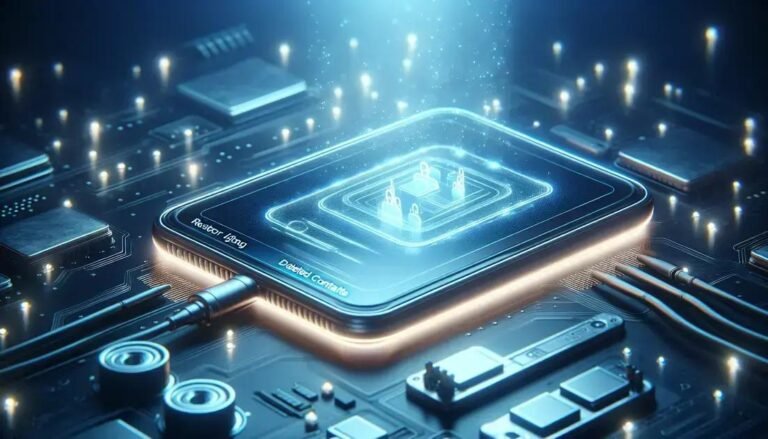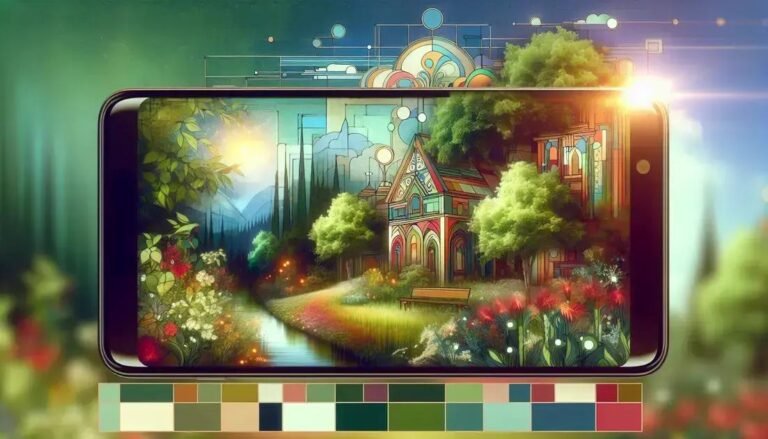Secrets to Making Ghibli AI Art More Lifelike and Enchanting
Realistic Ghibli AI Tips offer an exciting journey into the fusion of traditional animation and cutting-edge AI technology. Imagine capturing the enchanting essence of Ghibli films while integrating AI to enhance creativity. Ever wondered how these two worlds can work together seamlessly?
This guide dives into practical ways you can employ AI to bring out unique artistic visions reminiscent of Ghibli’s magic. Learn how subtle nuances in animation can transform into compelling storytelling elements.
By understanding these techniques, you’ll not only innovate your design process but also bring fresh perspective to animation. So, are you ready to explore the realms of creativity with AI?
Understanding Ghibli’s Artistic Influence on AI
Studio Ghibli’s unique artistic approach has profoundly impacted modern animation, bringing a blend of traditional and imaginative styles that many seek to emulate. This influence is now reaching the realm of Artificial Intelligence (**AI**), where developers strive to integrate Ghibli’s aesthetic into digital creations.
One of the core elements of Ghibli’s style is the detailed and immersive world-building, which AI can help to replicate by analyzing patterns and generating environments that reflect this depth. AI models, trained on Ghibli’s extensive portfolio, can identify intricate details and artistic nuances, offering new tools for animators and designers.
Exploring Visual Aesthetics
Ghibli’s artistic influence includes vibrant colors, whimsical elements, and a profound sense of wonder. AI can enhance these aspects by using neural networks to suggest palettes and texture mappings that capture the essence of a Ghibli film.
Beyond just visuals, AI can play a role in narrative construction, where plot arcs and character development draw inspiration from Ghibli’s storytelling style. This can result in the creation of more engaging narratives that mimic the captivating nature of Ghibli films.
Challenges in Emulating Ghibli
Despite AI’s capabilities, capturing the emotional depth of Studio Ghibli remains a challenge. The subtle emotional cues and the delicate balance of simplicity and complexity in Ghibli’s work require AI to develop a more nuanced understanding, which can be a significant hurdle.
How to Use AI for Realistic Ghibli-Style Animation
Creating a Ghibli-style animation with AI involves blending technology with artistic sensibility. AI can assist in achieving the realistic textures and fluid movements characteristic of Ghibli films. Here’s how to get started:
- Model Training: Gather a dataset of Ghibli film frames to train AI models. Focus on capturing distinctive elements such as color palettes, textures, and line work. Utilize supervised learning to help the model understand these intricacies.
- Animation Software: Use AI-enhanced animation software like Runway ML to automate parts of the workflow. This can include generating background landscapes that echo Ghibli’s immersive worlds without manual intervention.
- Stylization Tools: Apply AI stylization tools to convert sketches into Ghibli-like artwork. These tools can adjust and enhance colors, textures, and shadows to mimic the subtle warmth and depth found in classic Ghibli scenes.
- Motion Smoothing: Implement AI-based motion smoothing techniques to ensure that the animation flows naturally. AI can predict and fill movement frames, making transitions seamless and lifelike.
Using AI in this way not only speeds up the process but also allows animators to explore creative possibilities that might be difficult to achieve manually. By combining the technical capabilities of AI with a deep understanding of Ghibli’s style, animators can produce captivating animations that pay homage to the films’ iconic legacy.
Inspiring AI-Driven Storytelling Techniques
AI-driven storytelling techniques offer authors and creators new ways to craft compelling narratives. By leveraging AI, you can unlock creative angles and streamline the storytelling process. Here’s how you can do it:
- Idea Generation: Use AI tools to brainstorm plot ideas. Systems like GPT-3 can suggest unique plot twists and character developments based on provided inputs, sparking new inspiration.
- Character Development: Develop complex characters by inputting basic traits into AI models. AI can generate detailed background stories and suggest realistic behaviors and relationships.
- World-Building: AI can assist in creating vibrant worlds by suggesting locations, cultures, and histories. Use AI to search databases of images and texts to flesh out the story’s setting.
- Scriptwriting Assistance: Use AI to refine dialogues and scene transitions. AI can help ensure that tone and pacing remain consistent throughout the story, enhancing the overall narrative flow.
These AI-driven techniques not only save time but also invite endless possibilities for creativity. By adding technological support, storytellers can craft enriched stories with broader appeal and depth, remaining both efficient and imaginative.
Common Pitfalls and How to Overcome Them
Incorporating AI into creative projects may lead to common pitfalls. Understanding these challenges and knowing how to overcome them can enhance the success of your endeavors. Here are key pitfalls and ways to address them:
- Data Quality Challenges: Poor data quality can lead to inaccurate results in AI projects. To overcome this, ensure rigorous data cleaning and validation processes are in place before feeding data into AI models.
- Overreliance on AI: Creators might depend too heavily on AI, losing the human touch in storytelling. Balance AI automation with human creativity by using AI as a tool rather than a replacement for your vision.
- Algorithm Bias: Bias in AI algorithms can distort outputs. To address this, diversify training data and implement regular algorithm audits to identify and mitigate any biases present.
- Lack of Understanding: Understanding AI capabilities and limitations is crucial. Invest in learning resources or workshops to better grasp how AI functions and how it can best serve your project needs.
By proactively identifying and addressing these challenges, you can harness AI’s potential more effectively while keeping the creative process at the forefront of your projects.
FAQ – Common Questions About Realistic Ghibli AI Techniques
How can AI enhance Ghibli-style animations?
AI can assist by automating certain animation processes, bringing fluidity and realism through predictive algorithms, and replicating the unique style and textures of Ghibli films.
What are the main challenges when using AI in animation?
One of the main challenges is ensuring that AI outputs don’t lose the emotional depth. Addressing algorithm biases and data quality are also crucial for successful animation outcomes.
Can AI help in creating original storytelling techniques?
Yes, AI can help generate new story ideas, provide plot suggestions, and assist with character development to inspire original storytelling techniques.
What should I avoid when integrating AI in creative projects?
Avoid overreliance on AI, which might strip projects of their human touch. Ensure there is a balance between AI automation and personal creativity.
How do I ensure high-quality data for my AI projects?
Invest in data cleaning processes and validation to ensure your dataset is accurate and free from errors before it is used to train your AI models.
What are some solutions for overcoming AI-related biases?
Diverse training data and regular algorithm audits can help identify and mitigate biases within AI systems, ensuring fair and balanced outputs.






